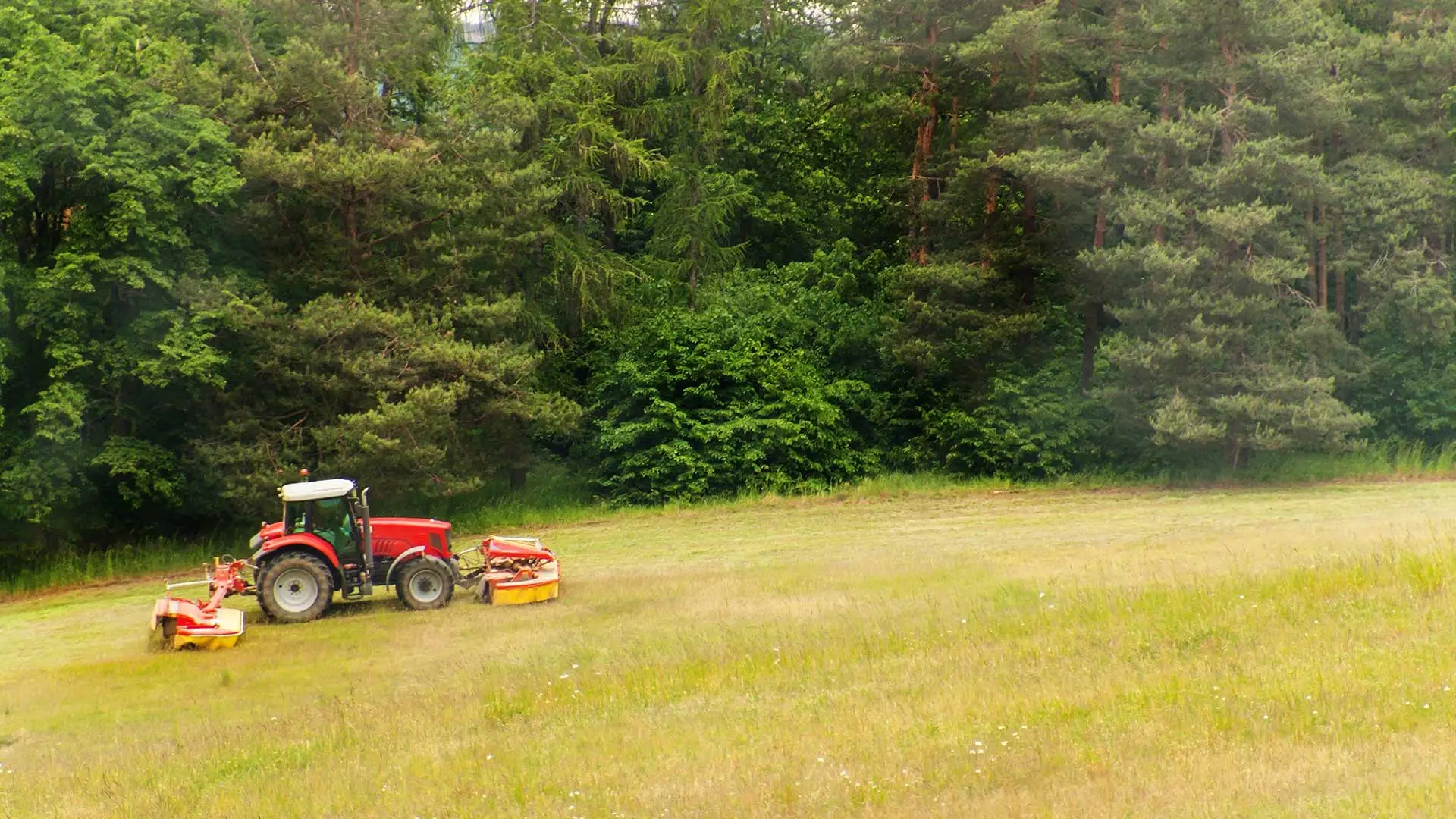Published on Thursday, May 24, 2012
![Ask Adam! Organic Gardening!]()
There’s nothing like a chemical free home grown tomato picked fresh from your back yard garden!
There are many ways to keep your vegetables chemical free now days and properly fertilized. By using organic fertilizers such as manures, blood meal, bone meal or just a simple Milorganite fertilizer, you will keep your garden vegetables much healthier for you and your family.
Horse manure can usually be picked up from horse farms for free. Applying this to your garden at an acceptable...
Published on Monday, April 23, 2012
![Ask Adam! Did you know?]()
1. A well cared for lawns can significantly increase the property value of a home.
2. A healthy lawn is very important to our environment. A 50-foot by 50-foot lawn produces enough oxygen for a family of four.
3. Lawns cool the atmosphere. Four average lawns have the cooling effect of 70 tons of air conditioning, which is enough for 16 average homes.
4. Do not overwater. Watering your lawn should almost never be done daily. Overwatering causes shallow roots, nutrient loss,...
Published on Tuesday, May 24, 2011
![Ask Adam! Just say no to Grubs!]()
June or early July is the time of year to apply grub control to your lawn. Grub worms look like tiny, white shrimp that lay under your turf approximately 1-4” below the ground. They feed on the root system of your lawns turf as their food. A good identifier that you might have grubs is dead looking brown patches in your lawn. You might even have a mole problem. If you can peel back the turf, almost like carpet, you will probably be able to see these critters and identify them as white...
Published on Thursday, April 28, 2011
![Ask Adam! Spring Flooding]()
With the unusual amount of spring rain this year, there are a few things that you can do to keep your yard from turning into a swampy mess. Regular lawn core aeration will help with water runoff and help with the prevention of lawn compaction, thus absorbing more water. This is also beneficial to the lawn by allowing water, air and nutrients to enter the soil.
Having a proper slope that promotes water to run away from your house foundation will also help keep water from entering your ...
Published on Tuesday, March 29, 2011
![Ask Adam! Spring has Sprung!]()
Spring is finally here and with temperatures bouncing back and forth between the freezing point and 80 degree days, there are several things you can do to get a jump start on your garden and lawn. Now is the time to remove any sticks, leaves, and other debris from you property. Take a general walk around of your yard and scout for any problems that may exist. Also make note of any dead growth on your shrubs or trees. Getting this dead growth or winter damage cut back at the proper area is ...
Published on Tuesday, March 15, 2011
![Ask Adam! Are you Crabby because of Crabgrass?]()
Crabgrass is a common weed that infests home lawns in the Midwest. Crabgrass is a summer annual weed that germinates when soil temperatures reach and stay at 55 degrees F for 7-10 consecutive days. It begins flowering and setting seed in July and dyes with the first frost of fall.
Crabgrass has tremendous survival reproductive capabilities. Because of this, it is unrealistic to expect a 100% crabgrass free lawn. You cannot eradicate crabgrass fully unless you either chemically control the...
Published on Wednesday, January 19, 2011
![Ask Adam! Winter Mulching!]()
One good thing you can say about all this snow in the mid-west is your plants are well protected from the winter elements. Snow is excellent winter mulch.
Mulching may not be on your list of things to do this time of year but if you live in a cold climate, you might want to rethink that. Winter mulching makes sure that the plants you put to bed in the fall don’t wake up before they’re supposed to. Tulip and other flowering bulbs are a great example of this. Have you ever seen...
Published on Tuesday, January 04, 2011
![Ask Adam! Killer Salt!]()
Be careful how you apply your winter ice melt! Salt does not directly kill plants but it does absorb moisture. Salts in soil reverse the normal absorption of water by plants, so water is drawn out of plants, even when soil is saturated. Thus plants are deprived of water, go into dormancy if possible, and will die from lack of water eventually.
What about applying ice melt to your driveway or sidewalk? Turf adjacent to winter salted walkways can be harmful to your lawn. Sometimes they will...
Published on Friday, December 10, 2010
![Ask Adam! Garden Gold!]()
Whatever method of leaf clean-up you choose, don’t push the leaves to the curb for pick-up. Think of fall leaves as garden gold. Leaf mold, or rotting leaves, is high in nutrients and adds organic matter to your soil. You can create leaf mold very easily by simply piling all your leaves and letting them sit for a year or so. The bottom of the pile will begin decomposing first and can be used as a soil amendment or mulch.
Shredded leaves can also be used as mulch. The leaves must be...
Published on Thursday, October 28, 2010
![Ask Adam! Mums the word!]()
Mums the word!
Chrysanthemums, also known as mums for short, are usually considered herbaceous perennials. However, if you wish to plant Chrysanthemum plants in your area as perennials, select a “hardy mum” not a “florist mum”!
Chrysanthemums come in a wide variety of colors, including white, off-white, yellow, gold, bronze, red, burgundy, pink, lavender and purple. Mum plants can grow to be 2-3 feet high, depending on the variety and growing conditions.
Plant...


